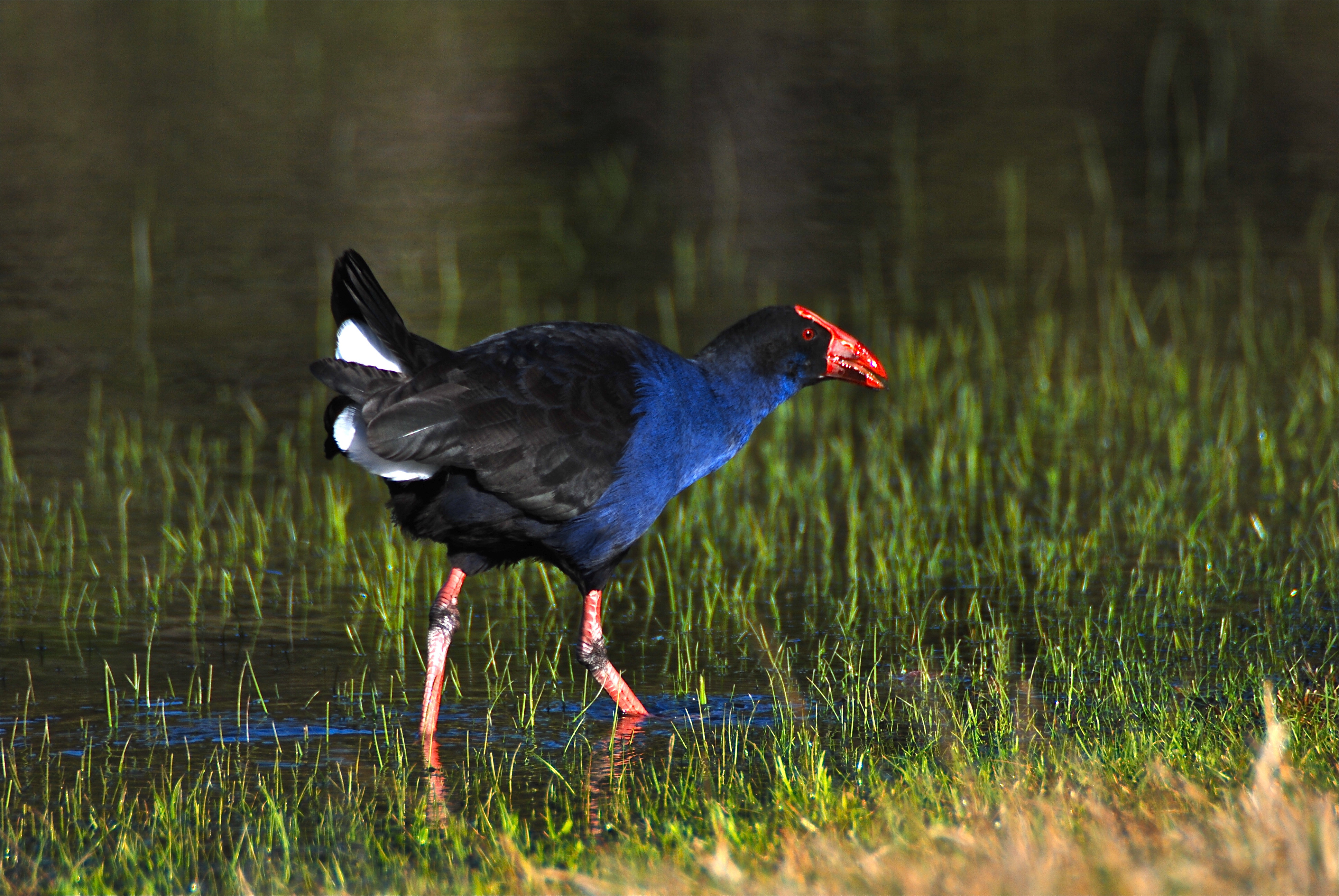Victoria’s natural wetlands are diverse and include billabongs, marshes, meadows, lakes, alpine peatlands, intertidal saltmarshes, mangroves, mudflats, and seagrass areas.
Traditional Owners and Aboriginal people have used wetlands over many tens of thousands of years, and they are an important part of Aboriginal cultural heritage and living culture.
Wetlands are important in sustaining biodiversity at a regional, national, and international scale. They provide habitat for threatened species and communities.
Of the threatened native species in Victoria, 24% depend on wetlands for their survival.
Key threats to Victoria’s wetlands include:
-
altered water regimes
-
soil disturbance (e.g., cropping)
-
degraded water quality (e.g., nutrient runoff)
-
reductions to wetland depth and area
Recent studies indicate there's a decreasing trend in wetland inundation in some regions and wetland types in Victoria. Wetland inundation occurs when continuous wet conditions cause the soil to become saturated or covered with water (‘inundation’). This inundation is a fundamental requirement for good wetland health.
The Department of Energy, Environment and Climate Action (DEECA) is investing to improve our understanding of wetland values and threats. They’re developing methods and tools to guide wetland management – such as remote sensing work undertaken over the last 5 years.

Landsat imagery has been used to detect inundation in wetlands and other regularly inundated areas. This ~30-year dataset has been used to identify changes in wetland water regimes, using inundation frequency, duration, season and rate of change and wetland extent. In turn, these metrics assess the level of hydrological stress for individual wetlands. They also identify regional and state-wide trends and summary statistics.
The initial findings of this work demonstrate clear indications of hydrologic stress to wetlands throughout Victoria with regions in northern and western Victoria displaying reductions in wetland inundation. Larger wetlands were also found to be more likely to show significant hydrologic stress.
The next phase of this work has commenced and will help us understand what is causing the changes to our wetlands, while also helping us plan for future conditions under climate change. Outputs from this study will be used to inform wetland policy development and prioritising investment in wetland health across Victoria.
“The next phase of the project is underway and will investigate the causes of wetland water regime change (e.g., changes in climate or land use) to better understand the key drivers of wetland hydrologic stress across Victoria. These outcomes will inform the wetland policy development in Victoria.”
Andrea White, Manager Wetland Management, Waterway Programs DEECA.
For more information visit


